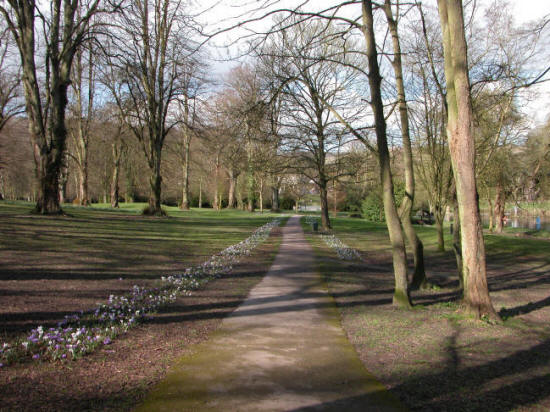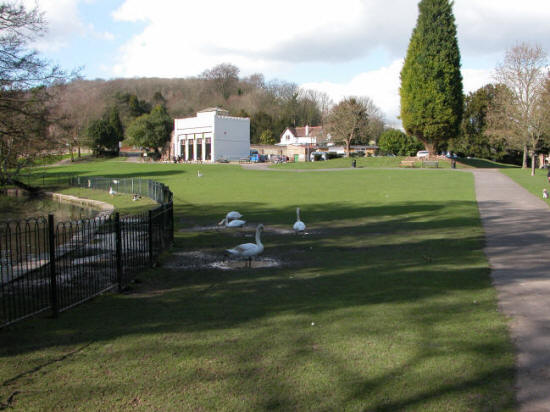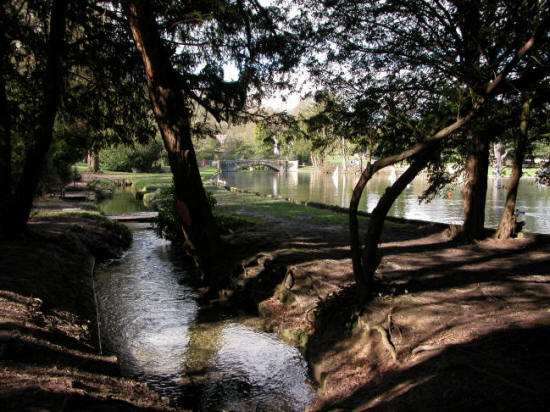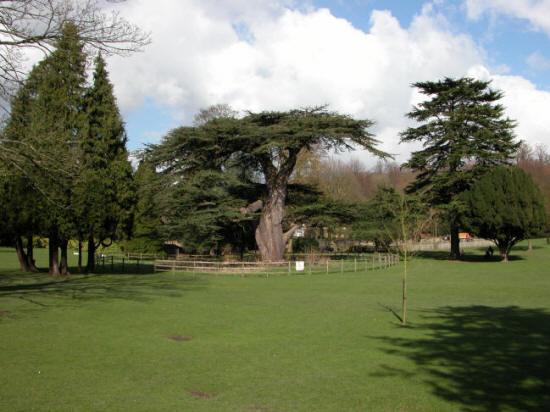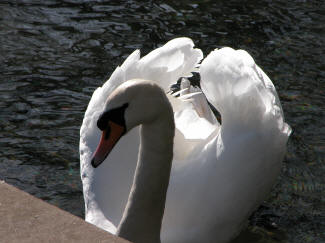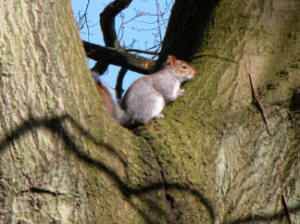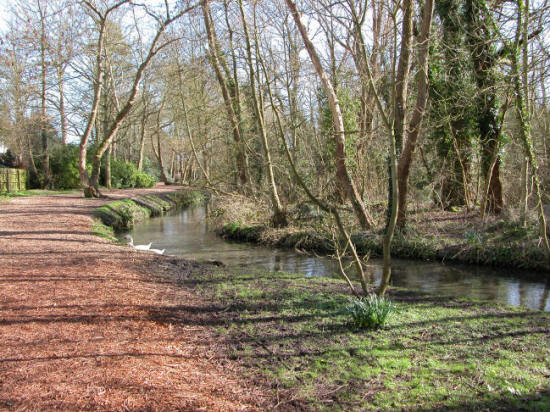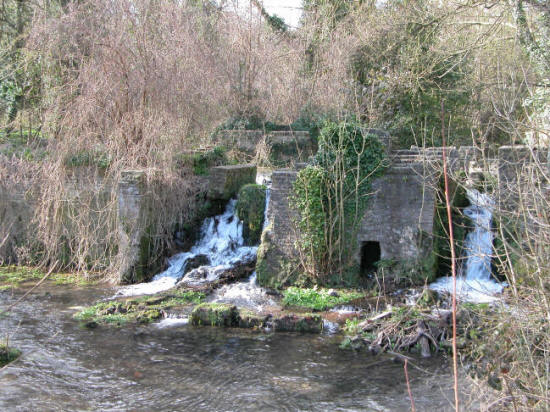| Index |
Kearsney Abbey |
|
|
||
|
|
||
|
|
||
| The billiard room, now used as a tea room, is the only remaining part of the house built here in 1820-22 by John Minet Fector, the Dover banker. There was never an actual Abbey at Kearsney; the house and grounds were given the name Kearsney Abbey because of the mock-medieval appearance of the house and the use of reclaimed materials from the ancient town walls and demolished churches.. | ||
|
|
||
| The upper lake has an ornamental fountain and is kept for the swans and other water birds; the lower lake is used by radio-controlled boating enthusiasts to sail their boats. | ||
|
|
||
|
|
|
|
|
|
||
|
|
||
| The river flows through these artificial "ruins" at the edge of the Abbey grounds, before flowing under the road. | ||
